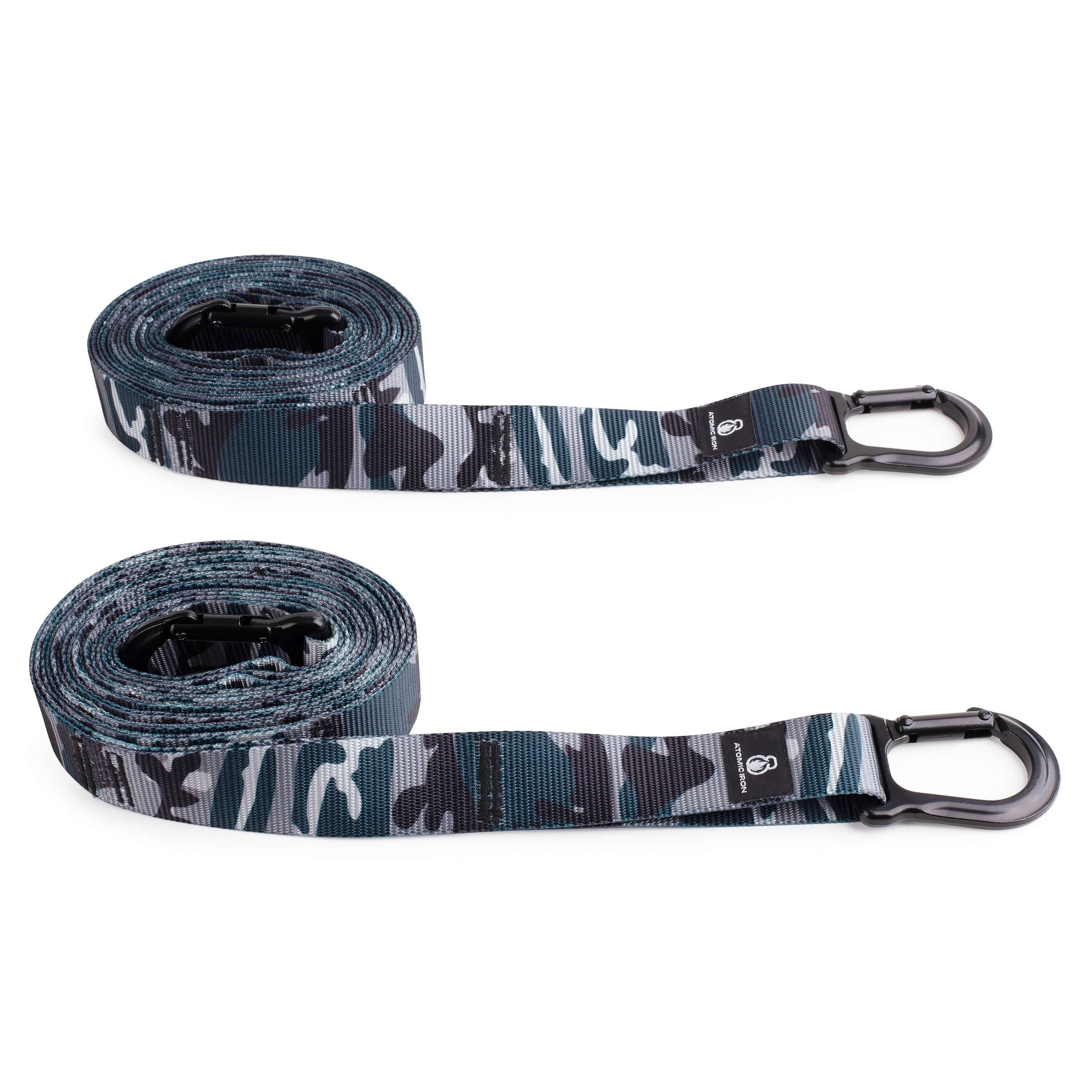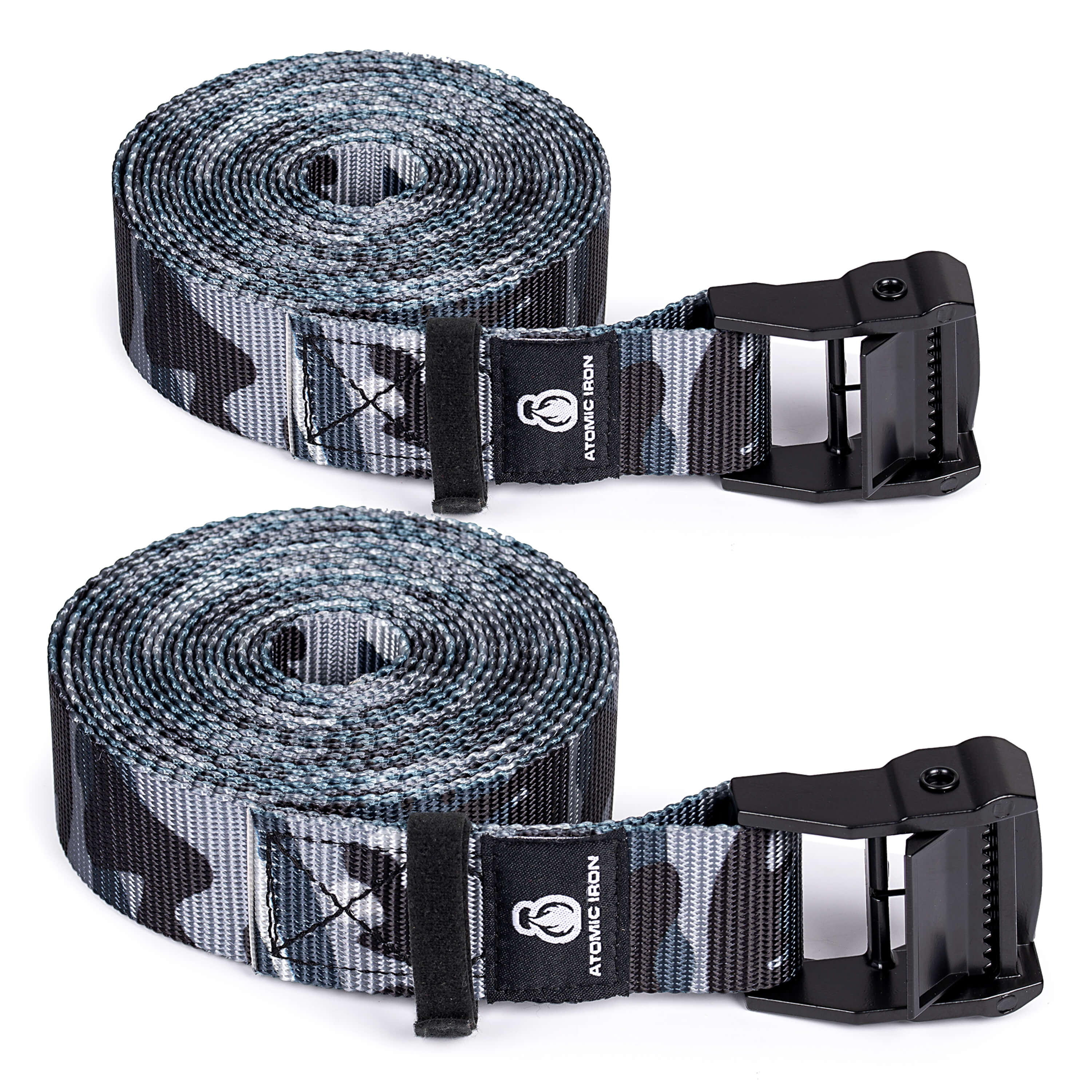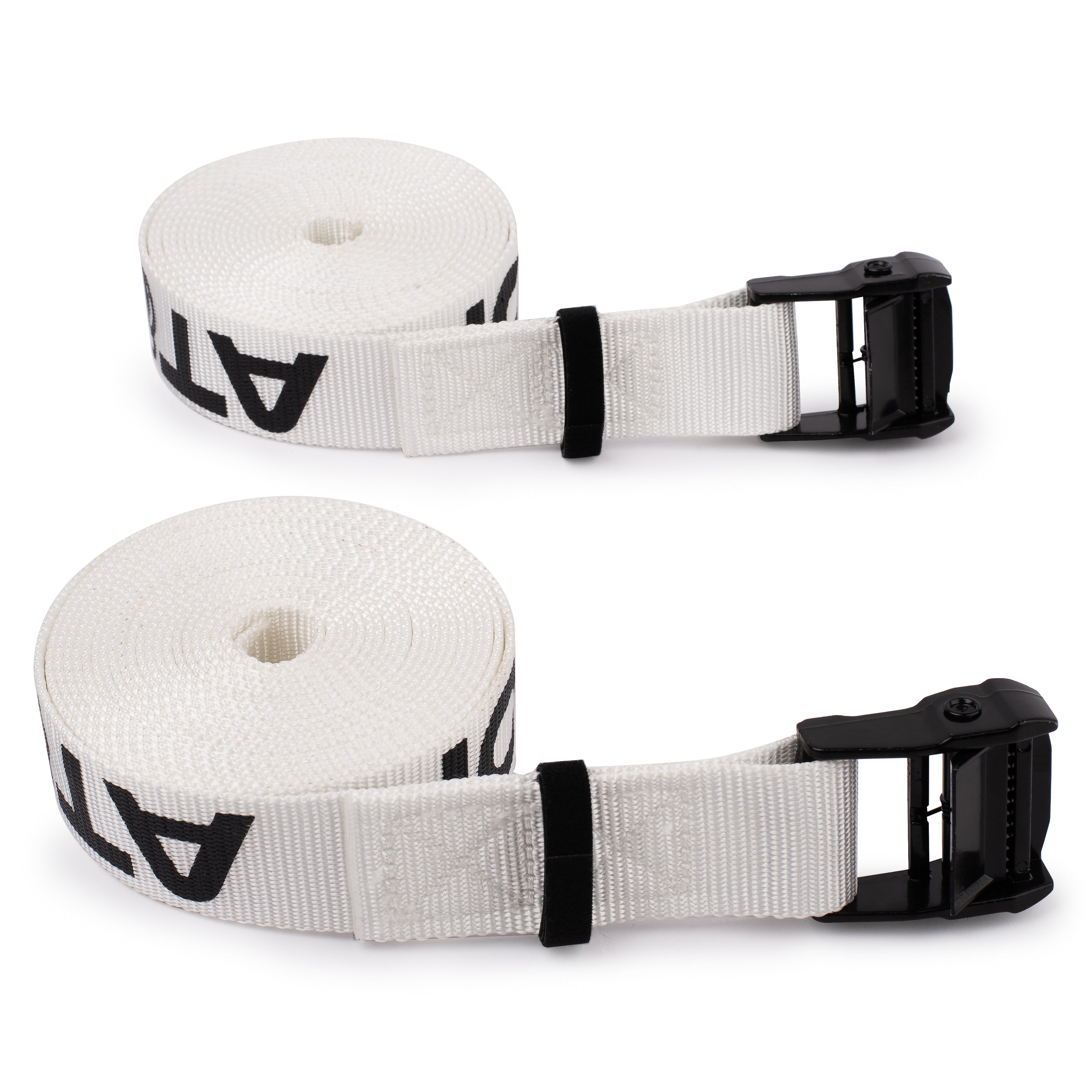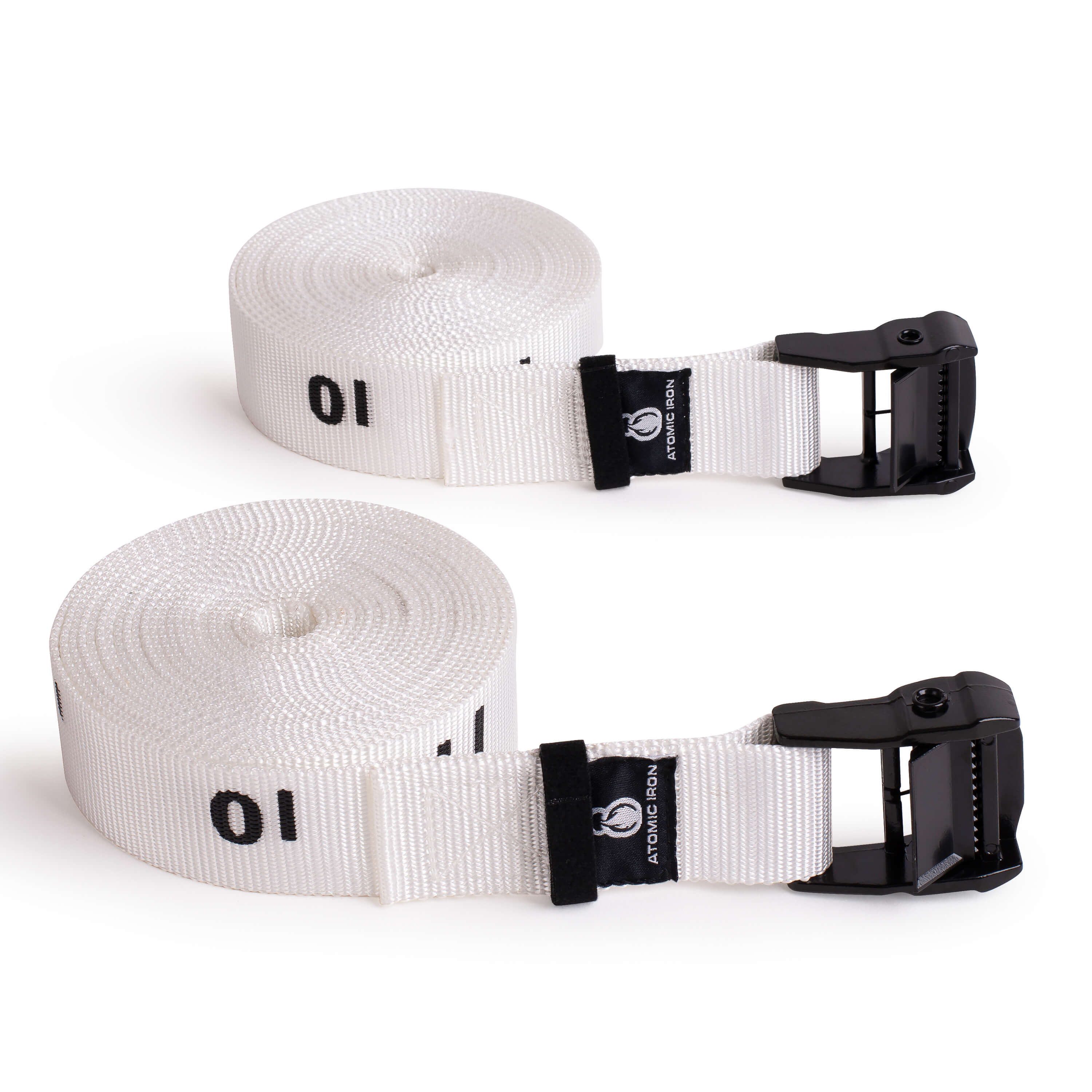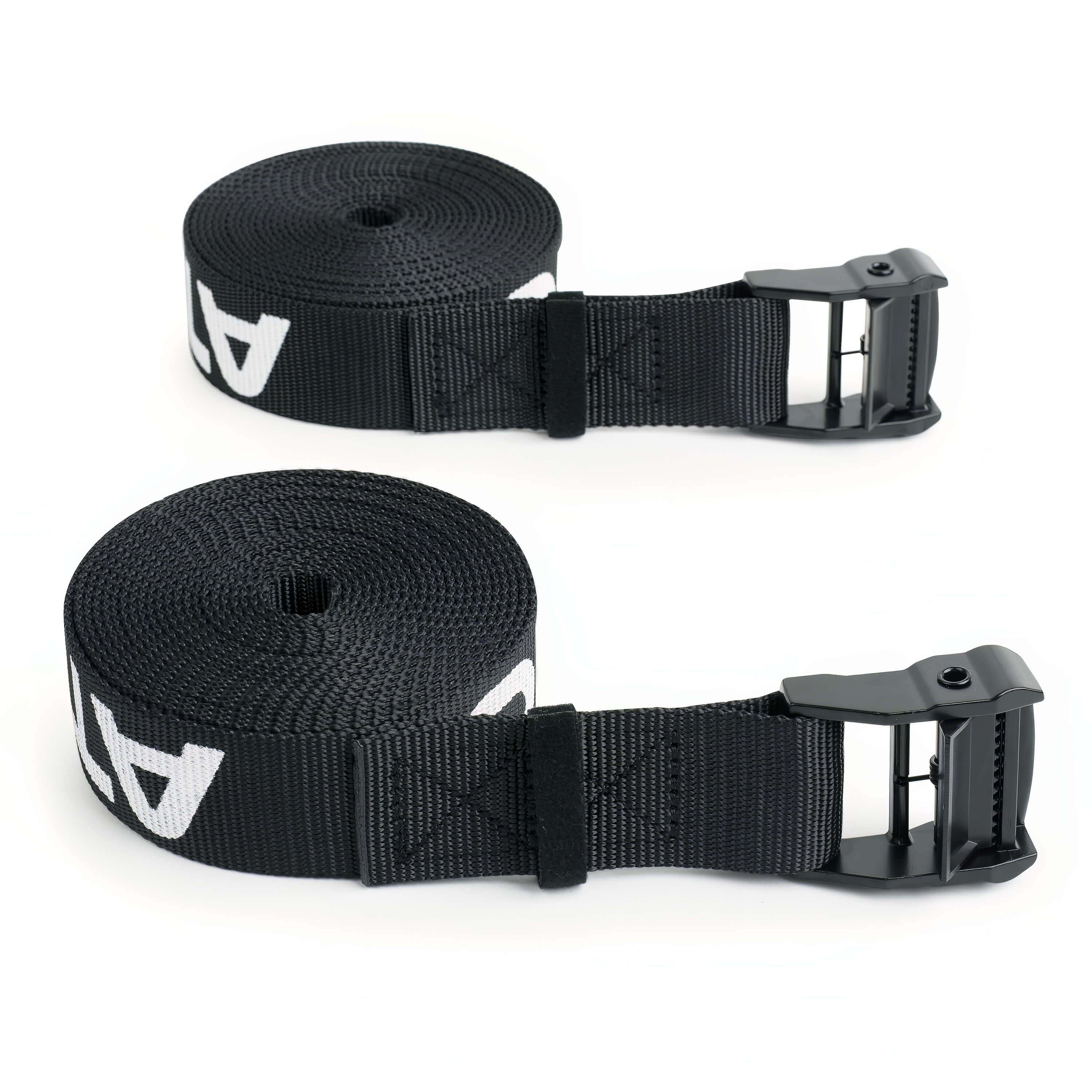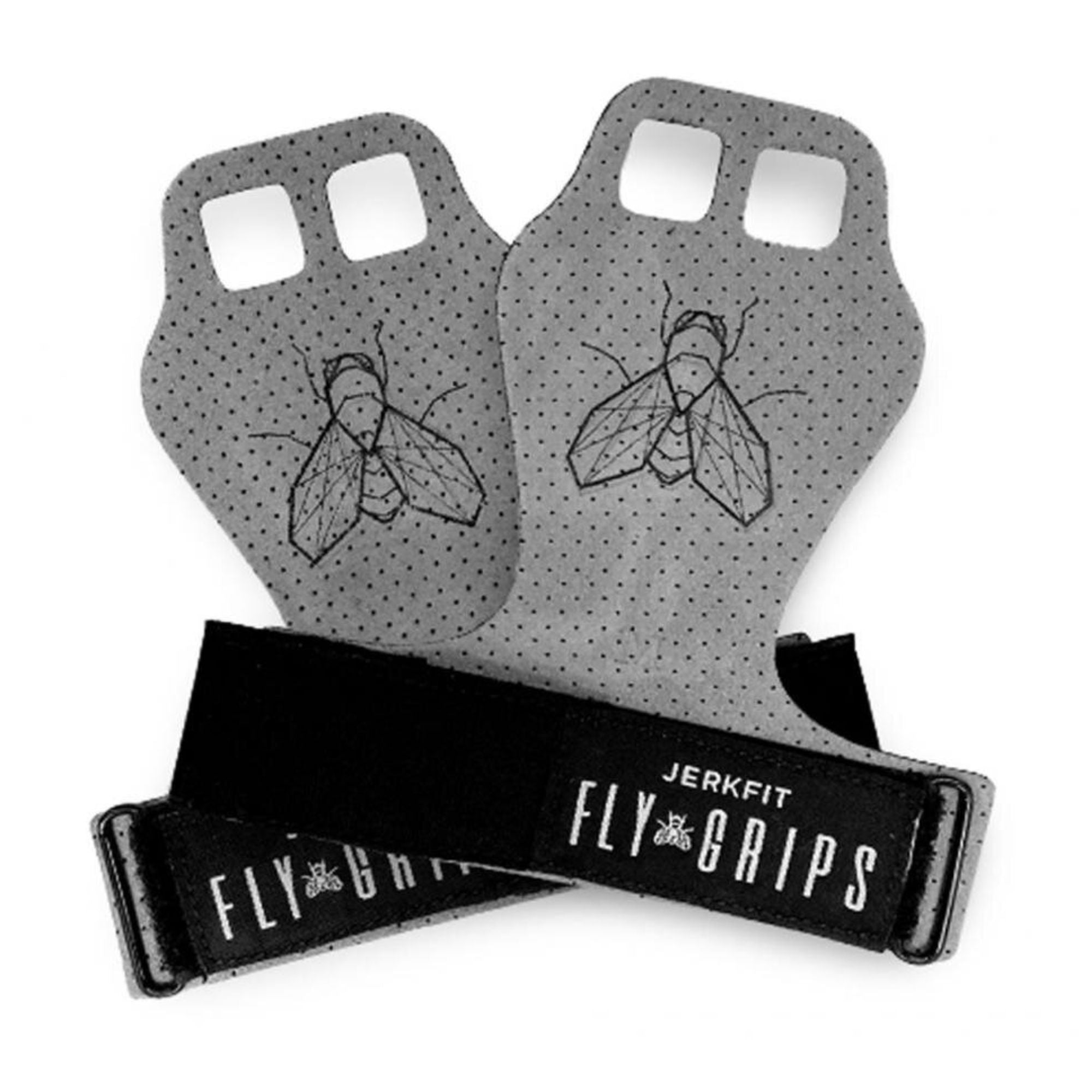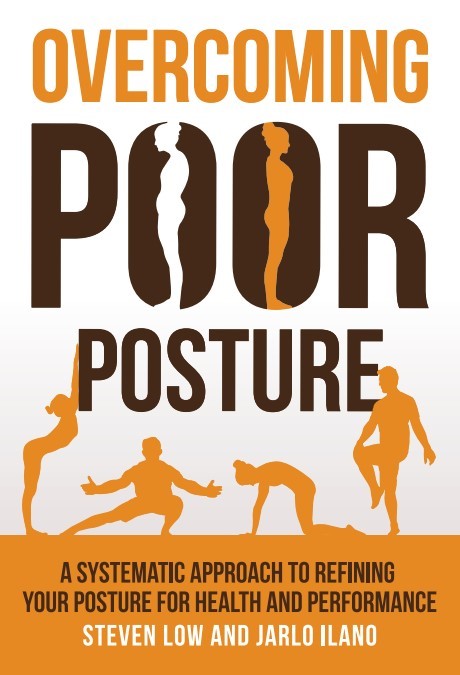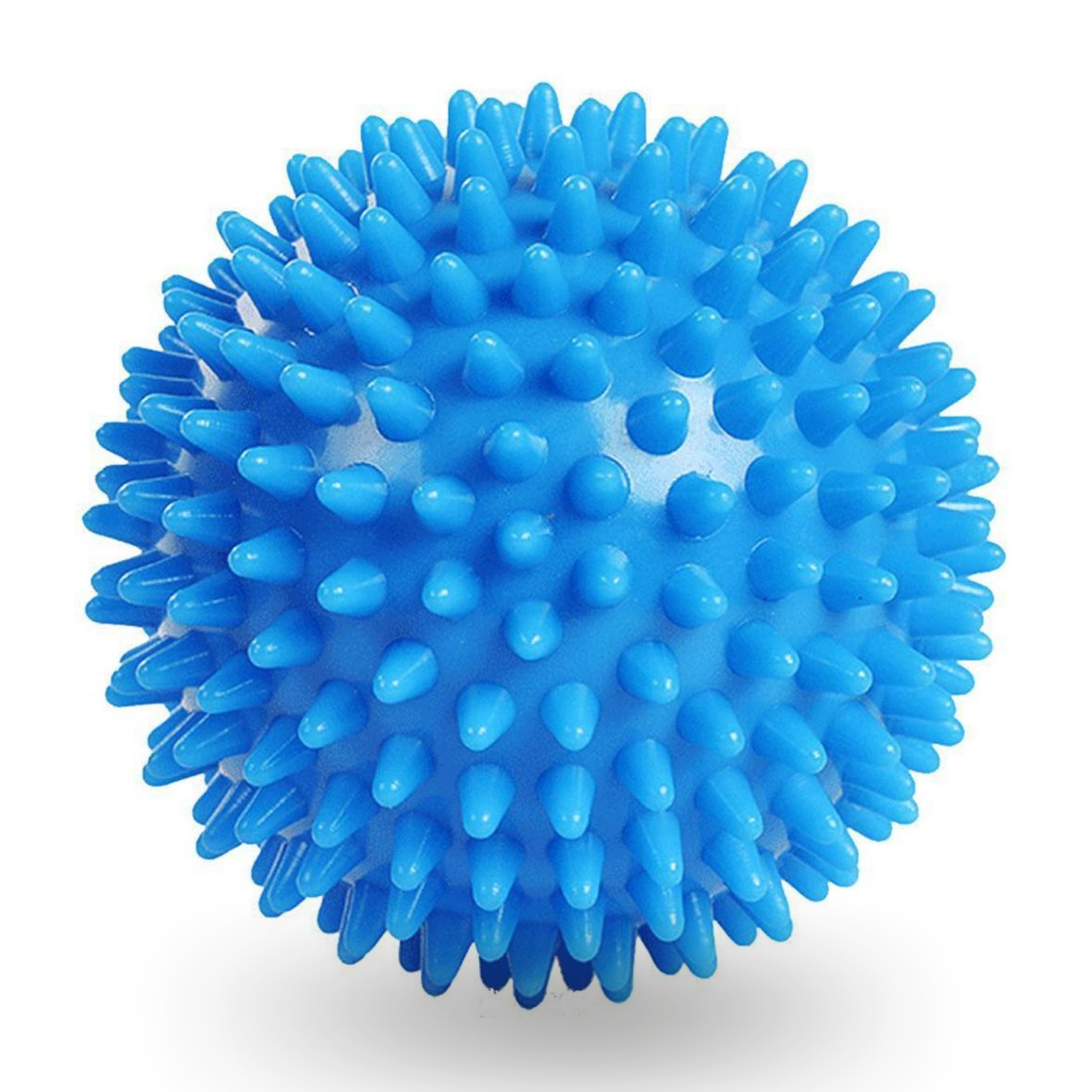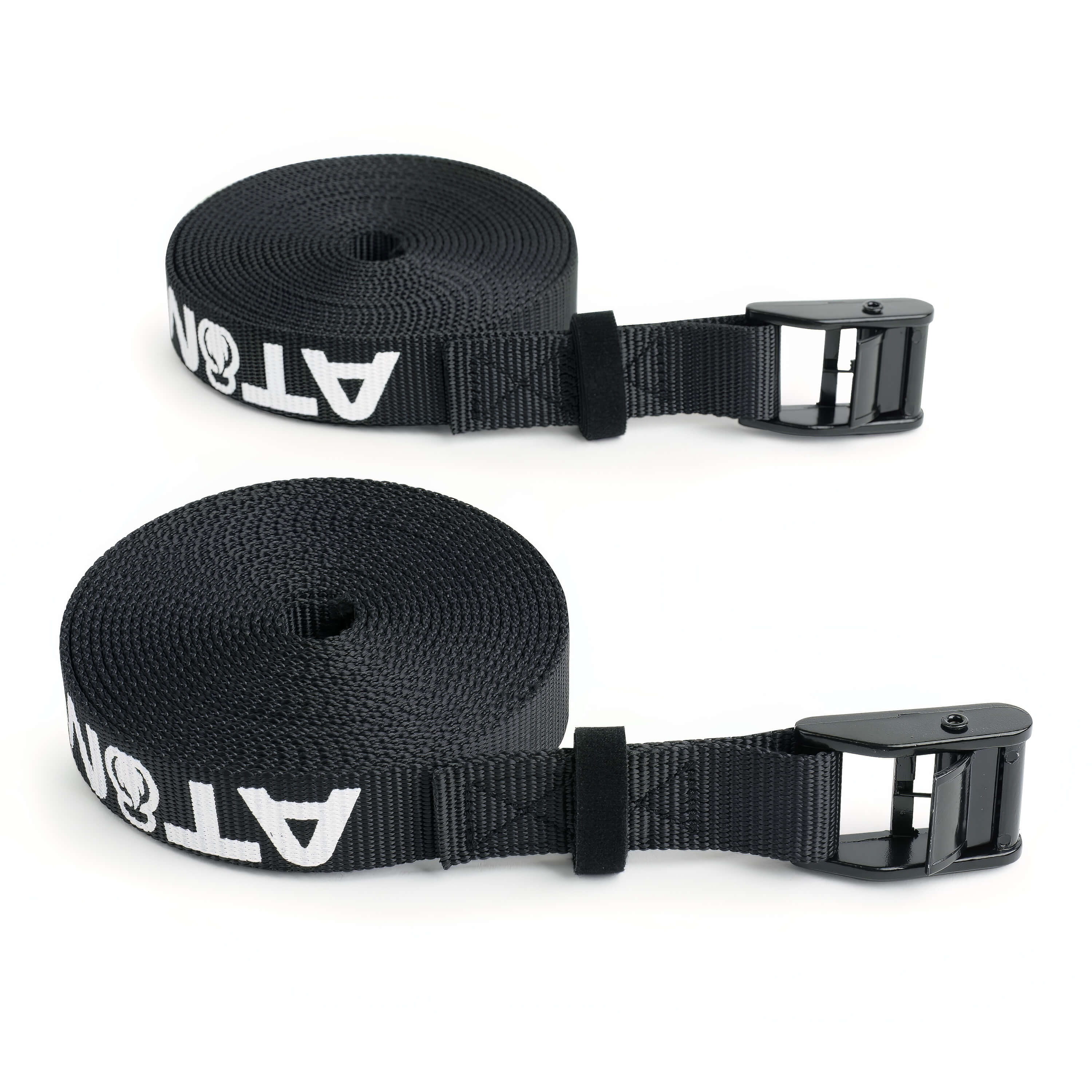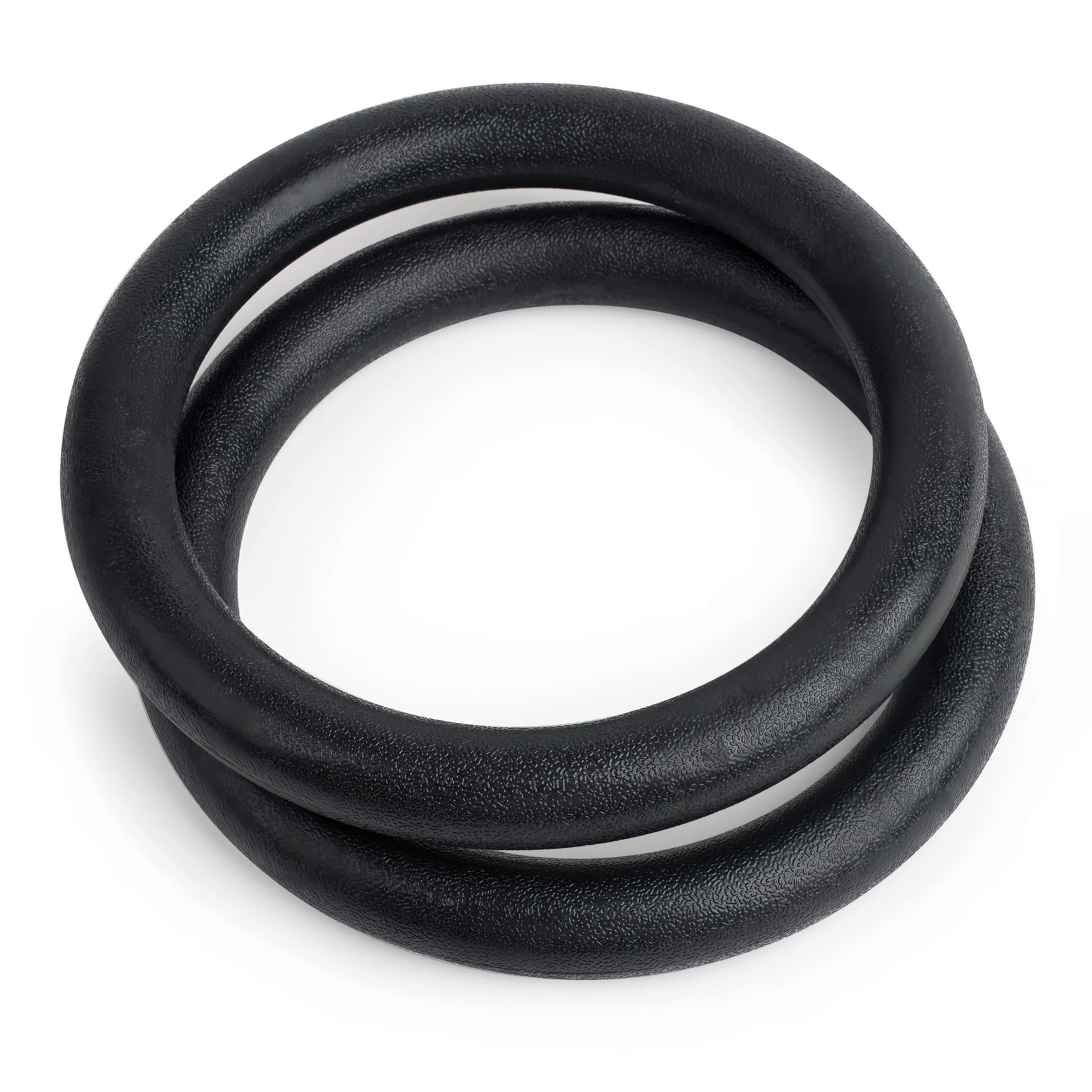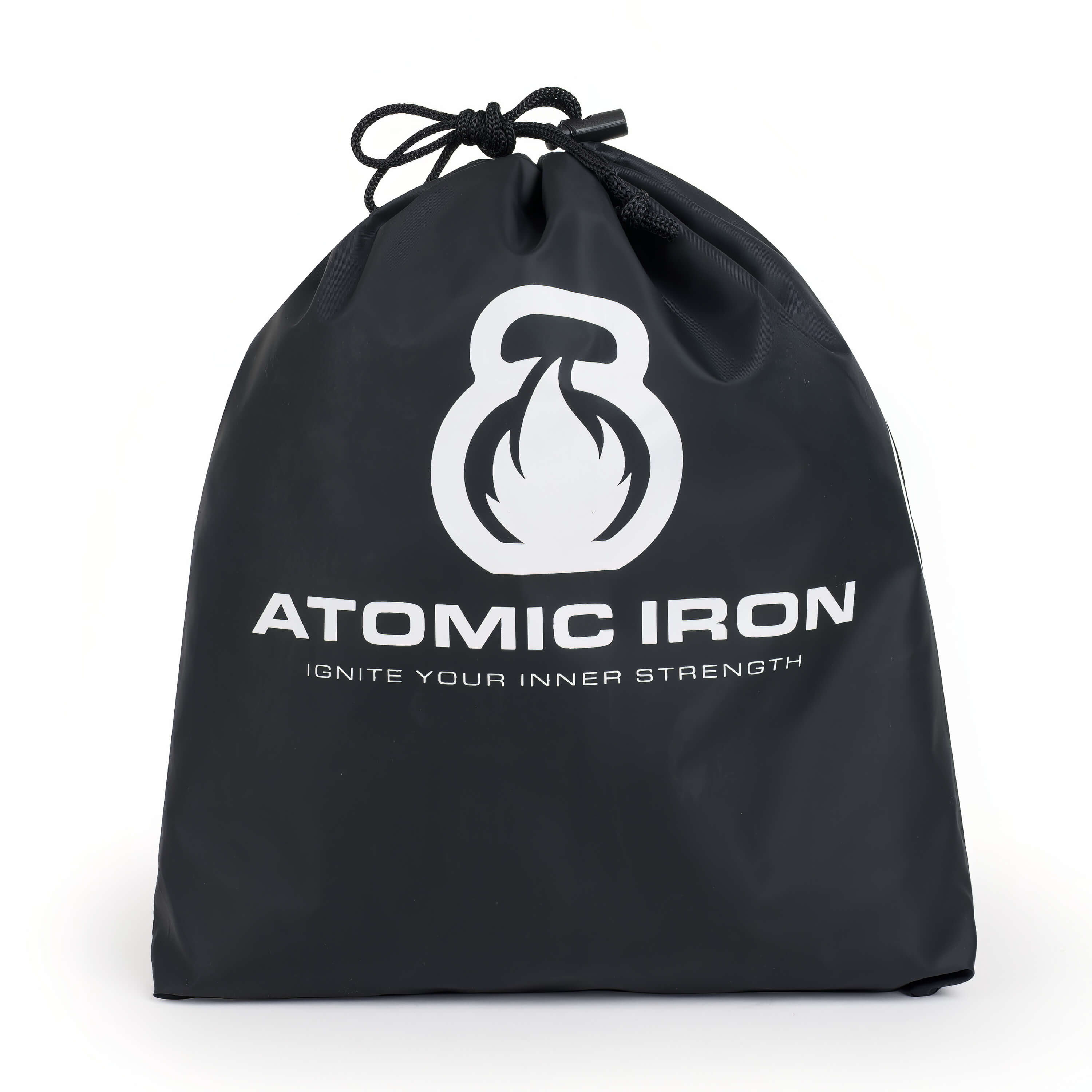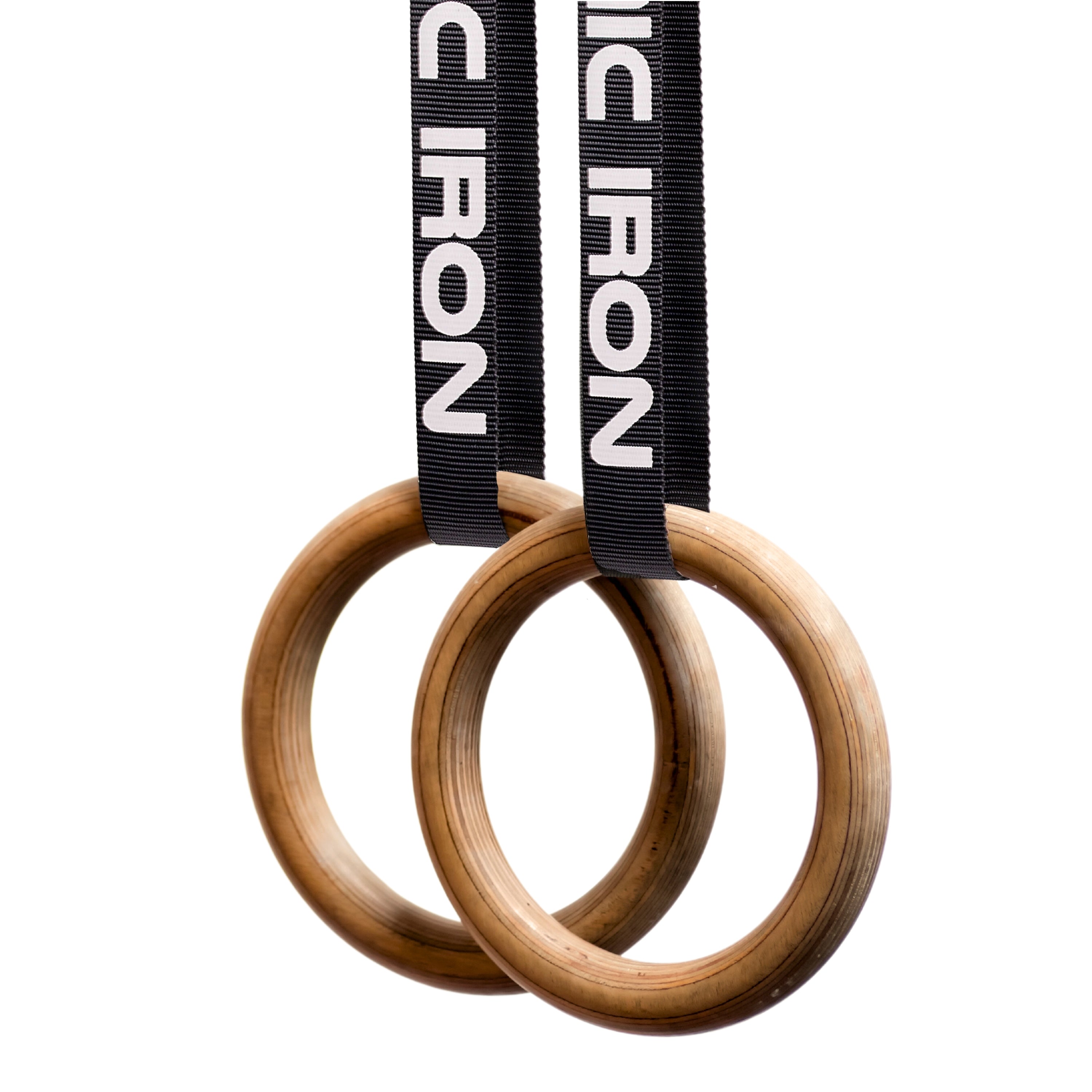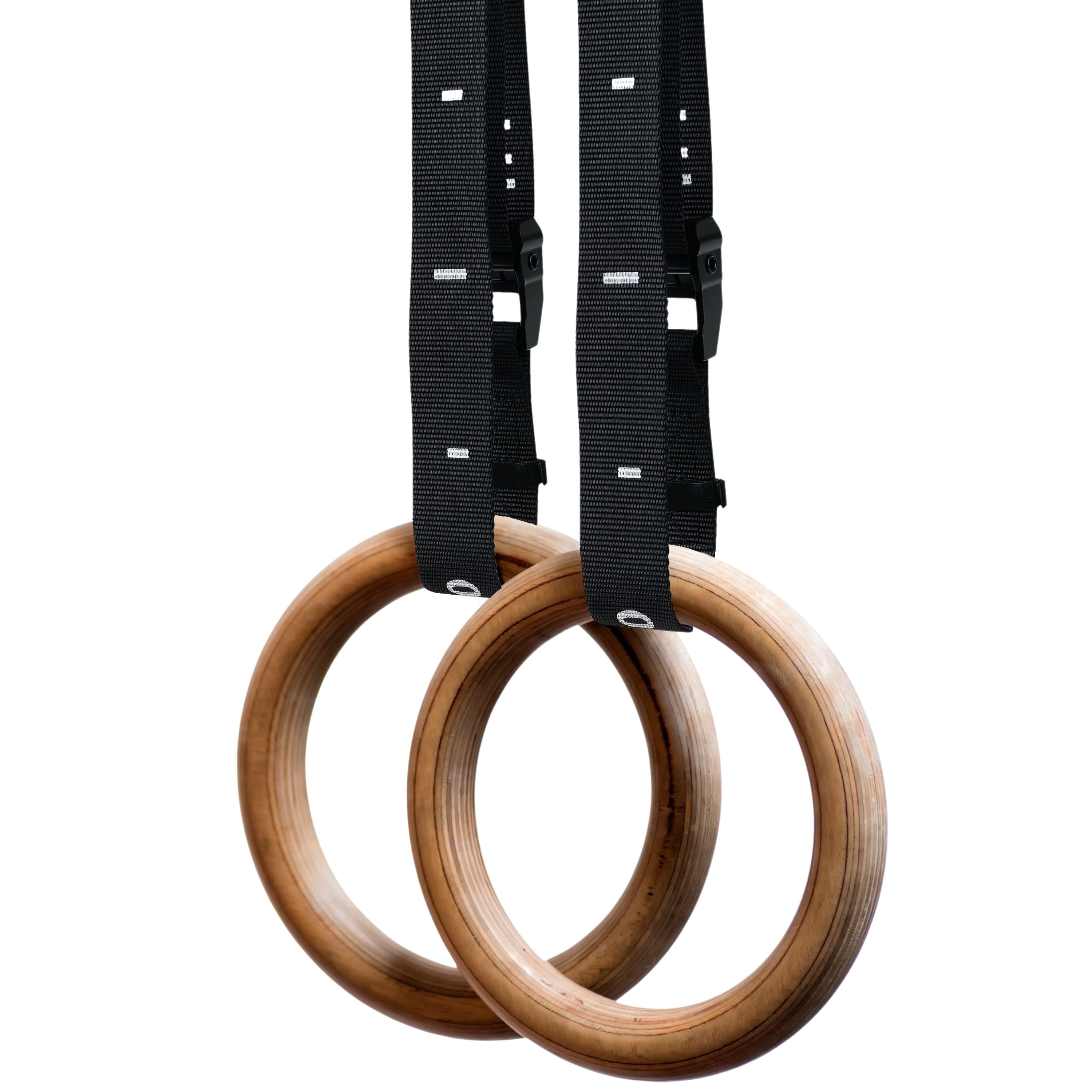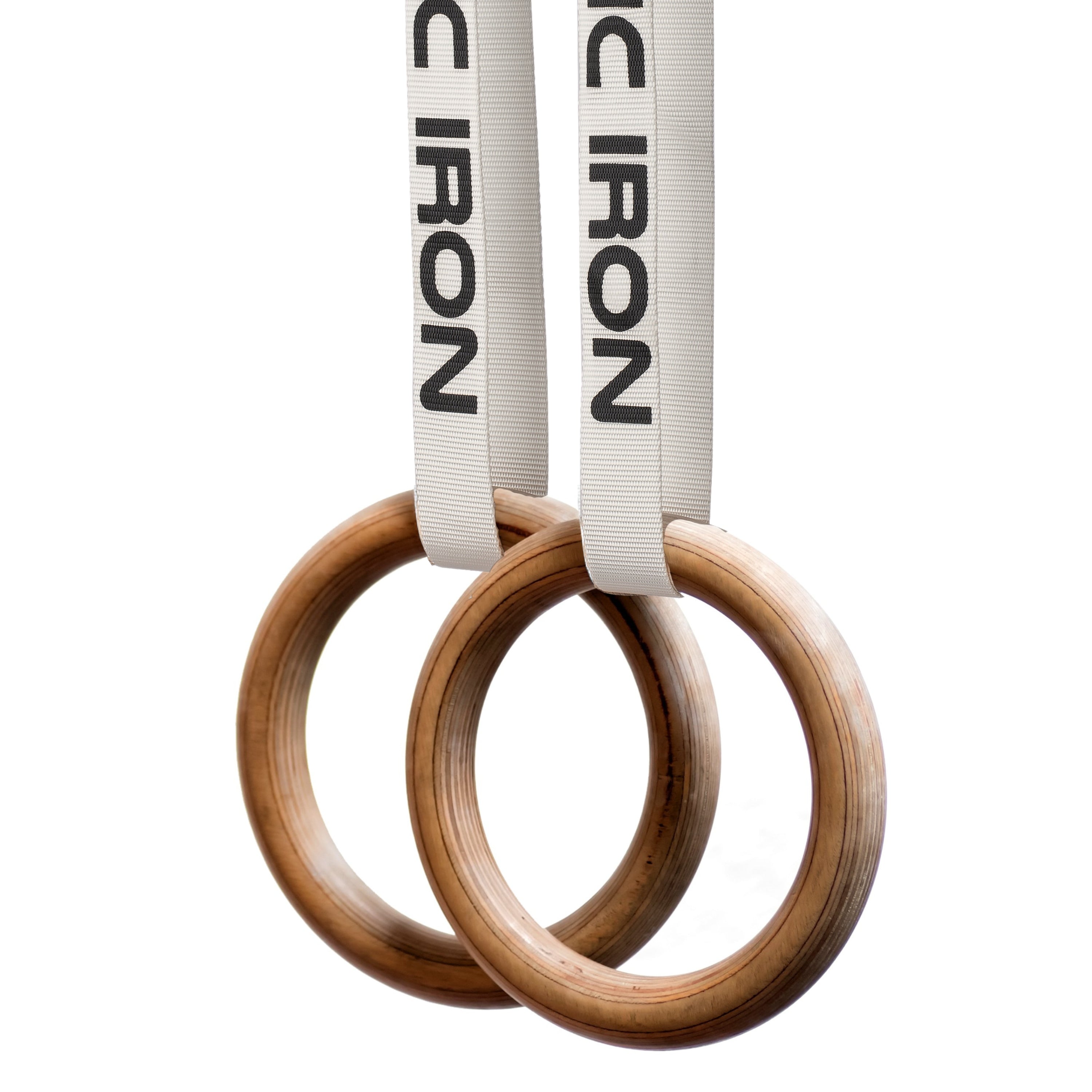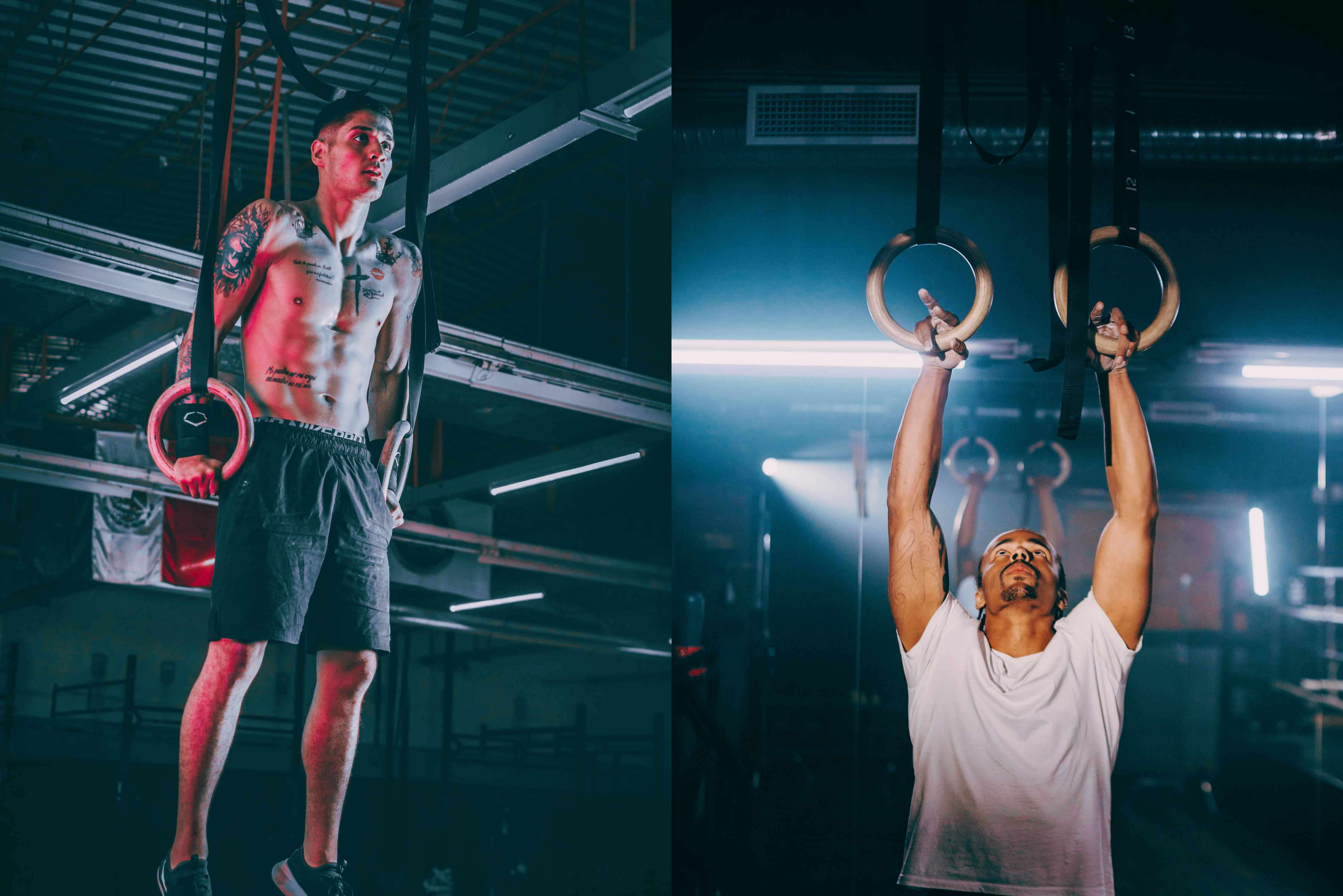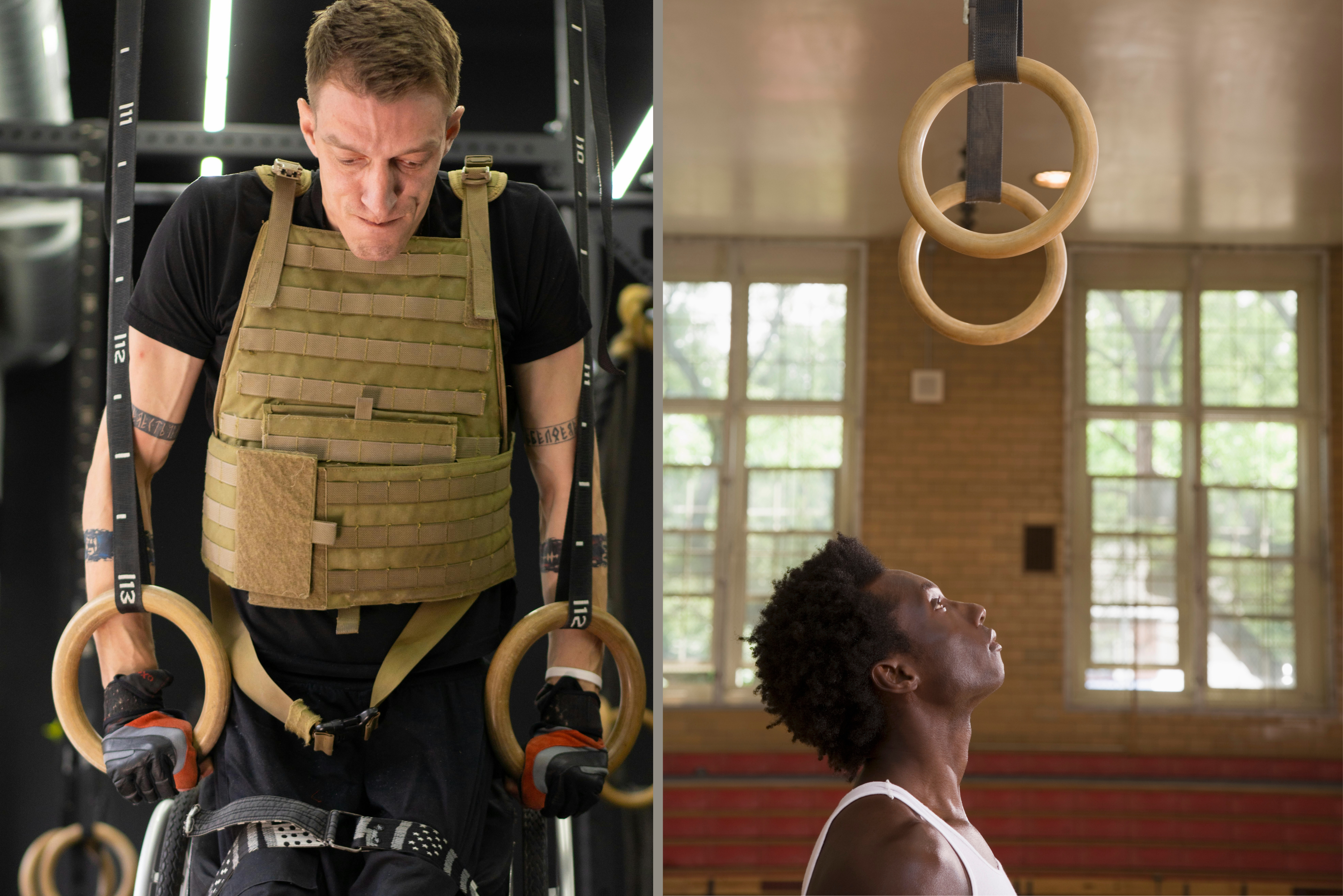A Beginners Guide to Gymnastic Rings
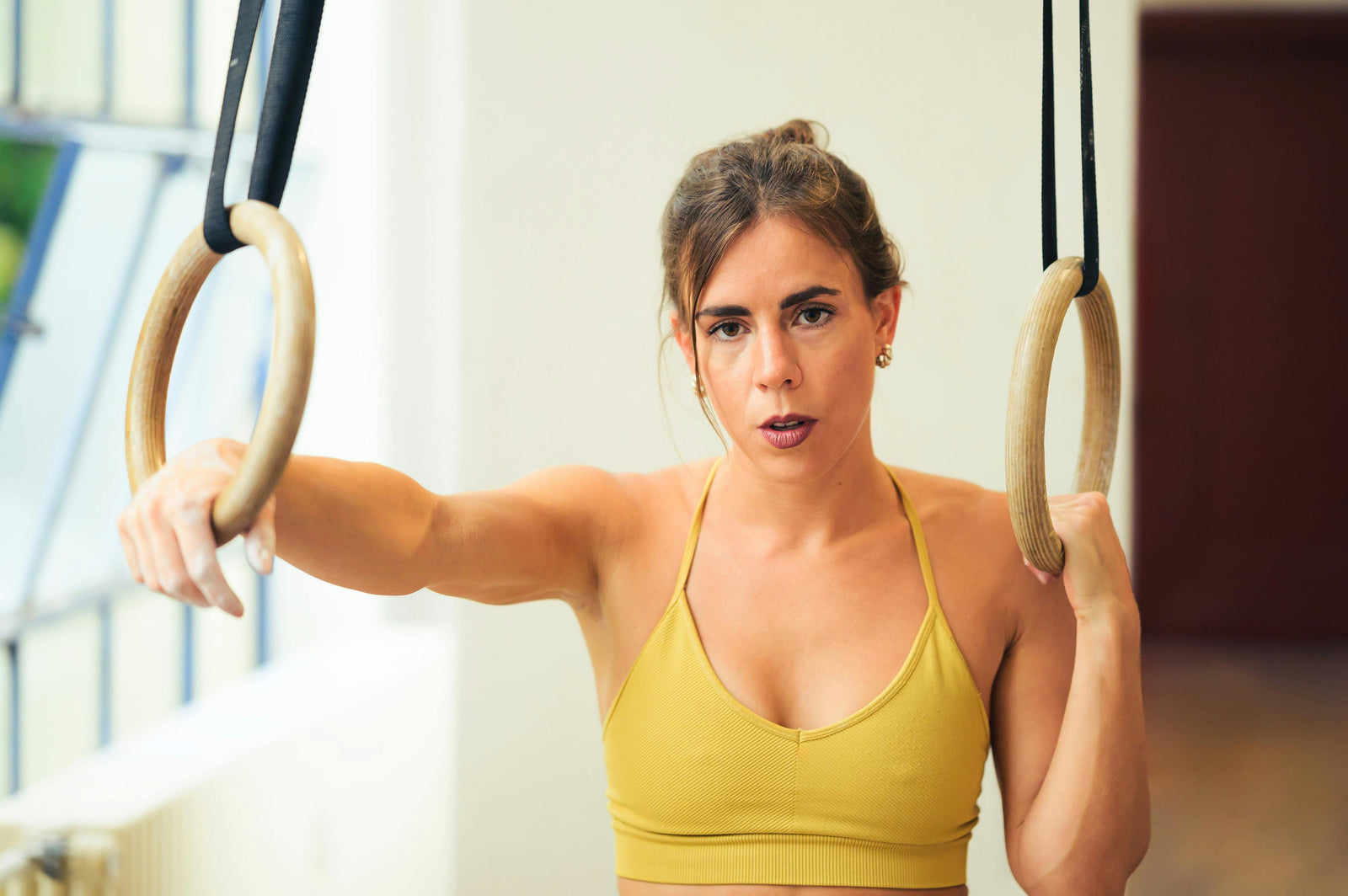
So you're about to buy your first set of Atomic Iron Gymnastic Rings and are unsure of what to do next? Keep reading.
Firstly, it’s important to point out that using rings is different to regular weights or any other fitness equipment. Traditional weight training does not usually translate into immediate success on gymnastic rings, so no matter your previous athletic history, you’re going to start off as a beginner like everyone else.
With that being said, here's your beginners guide to starting out with Gymnastic Rings.
1) Find a place to hang them
From your garage to the tree in the backyard, to the swing-set in the park, or the soccer goals down the road, there is pretty much no place that couldn’t play host to your new set of gymnastic rings. Basically, if you can find a sturdy horizontal bar, you’ve got yourself a gym.
The most popular places to hang them are:
- An spacious area within your own house under a roof with a horizontal beam, such as a veranda, garage, or decking with roof.
- Local Playground with swing set where the swings can be moved to the side, allowing for the rings to hang in the middle.
- Local Park with many sturdy trees with horizontal (or close enough) branches where you can throw the straps across them.
- Local gym with pre-existing supports used for other equipment, such as a squat rack.
2) Understand grips
Forming the proper grip around the rings are imperative to perform each exercise correctly. Incorrect grip can lead to injuries and overall poor execution of exercises, which will inhibit your ability to build strength and muscle.
- Grip 1: Neutral Grip (Below the Rings): This grip is the most common and natural grip that rings athletes use. It is best used for exercises and movement that involve pulling, such as ring pull-ups or ring rows.
- Grip 2: Above The Rings Grip: This grip is used for exercises and movements that involve pushing from a top position, such as ring push-us or ring dips.
- Grip 3: False Grip: This grip is primarily for advanced rings athletes, as it is used to perform more complex and tougher exercises, such as the muscle-up.
Fore more detailed information on each grup type, see our article Rings Fundamentals: Gym Ring Grips or check out our range of gymnastic rings grips and gloves to assist you.
3) Start Slowly
As a beginner to gymnastic rings, it is best to not rush into exercises that you aren’t fully ready to handle. The best beginners exercise routine you can focus on at the start are:Ring Support: Simply raise your body from the ground through gripping the rings and locking in your elbows and arm so they are fully straight. Your legs should be lifted off the ground. Hold the position for a set amount of time that does not cause continuous pain,
Why? This exercise builds strength in the muscles through your upper body and is a cornerstone exercise to assist in progression to tougher ones.
Ring Plank: Lower the rings to comfortable position towards the ground, and then grip the rings in a push-up position with your arms and elbows locked. Hold this position for as long as you can without continuous pain, ensuring your abs are engaged and your back is straight, .
Why? This simple exercise will strengthen your entire body, from your core to your chest, to arms and shoulders.
Ring Hang: Simply hang from your rings, gripping on your arms straight above your head. Your legs should be lifted off the ground in any position. Hold the position for a set amount of time that does not cause continuous pain.
Why? This simple exercise with strengthen your arms, back, as well as your grip strength.
Ring Rows: Standing up, ensure the rings are at around your hip height, and grip them while slowly leaning backwards with your arms out straight. Once you’re at a comfortable angle, you can perform a rowing movement to gradually pull your body towards the rings, and then slowly backwards again.
Why? This simple exercise works your back muscles to increase strength, and you adjust he difficulty by becoming more horizontal to the ground.
4) Keep it consistent
Like any long-term results-based activity, the key is consistency. Working out with gymnastics rings is a marathon, not a sprint, and the secret to success is consistency in your workout routine day-in, day-out.
You should commit to at least three sessions per week, and as your body adjusts and you are able to take more stress on the muscles, increase this to four if possible. Missing one session here and there or taking a week off may not feel like a big deal at the time, but it all adds up and pushes you away from your goal.
Remember, consistency is not perfection or extreme, it is simply being disciplined and refusing to give up.
For more insight in what to expect when starting out with gymnasric rings, see our article Rings Workout: What To Expect In The First 4 Weeks.
See related:
11 Hacks To Help You Find The Time (And Motivation) To Workout
The Surprising Science On How Music Can Improve Your Gym Rings Workout
Uncovered! The Best Meals To Eat After Your Calisthenics Workout





